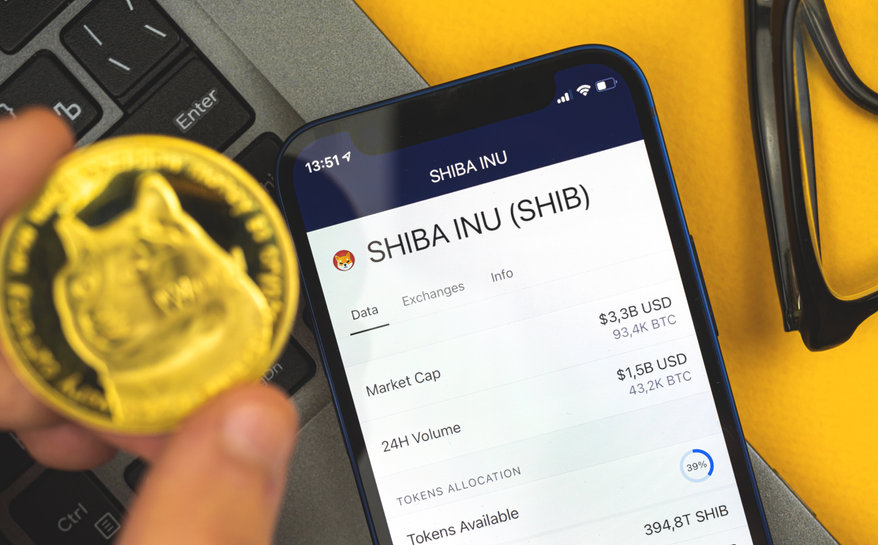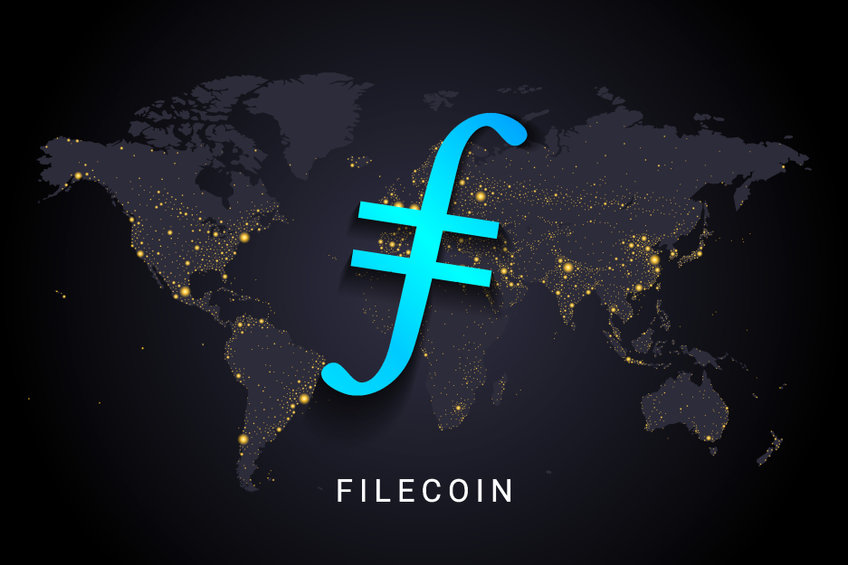
New NFTs are being minted virtually every day thanks to the ERC-721 standard that made it possible. However, of the numerous NFTs, here are the top five picks to buy before February runs out and they are on OpenSea.
To buy any of these NFTs, simply purchase some Ethereum (ETH) from our recommended partner and send it over to your MetaMask wallet. You can then use that ETH to buy the NFTs on OpenSea.
1. CryptoPunks
CryptoPunks started the NFT movement with a collection of 10,000 unique punk arts. It is the brainchild of Larva Labs and was developed on the Ethereum platform. The collection consists of apes, humans, aliens, and zombies, including 3840 females and 6039 males. They were initially available for free but are now one of the most expensive NFTs.
Its average price for the last 7 days is 110.3746 ethers and over 829,000 ethers have been traded for it since its creation. Only about 3,400 have been bought out of the 10,000. So, you can still buy into the collection and be a proud CryptoPunk owner.
Check out the CryptoPunks available to buy on OpenSea now.
2. Bored Ape Yacht Club (BAYC)
Bored Ape Yacht Club was created by Yuga Labs and it comprises 10,000 different Bored Apes. These apes have over 170 different characters, varying from clothing to headwear, expression, colour, and so on. At launch, it cost 0.08 ether. However, its floor price is 91 ether right now with over 6,000 owners.
It has traded a total volume of over 389,000 ethers. Owning a Bored Ape gives you access to the club, enjoying perks and areas in the club. It will give you access to a collaborative room for graffiti- the bathroom. All you need to do to be a part of this is buy a Bored Ape.
3. Doodle
Doodle is a community-driven collection that features the work of Burnt Toast. It is made up of 10,000 different Doodles with varying sizes, backgrounds, faces, colours, hairs, and hats. Initially, a Doodle cost 0.123 ether, however, it is worth 13.6 ethers now. As of today, about 78,000 ethers have been exchanged for Doodles.
Owning a Doodle allows you to determine the activations and experiences the Doodle Community Treasury can be used for. Its followership is growing with only 4,000 items left to be bought. Get yourself a Doodle now, don’t wait any further.
4. Cool Cats
Unlike most NFTs, Cool Cats is made up of 9,999 items. These unique items possess about 300 varying features from the body to face, outfit, and hat. There are 4,599 cool cats, 3000 wild cats, 1750 classy cats, and 650 exotic cats with varying coolness. Cool Cats with matching sets of features are always rare and expensive.
As of today, the floor price is 10.4 ethers and over 83,000 ethers have been traded. Over 5,000 items already have owners. You can buy one or two Cool Cats to have access to exclusive events in the community, including raffles, airdrops, NFT claims, and future perks.
5. Alien Frens
Alien Frens is a community-driven project created by Mason Crowe. It features 10,000 unique items, including 4,000 common, 3,000 semi-rare, 2,000 rare, and 1,000 ultra-rare. Each avatar contains both human and alien traits. It has a floor price of 1.7 ether with over 18,000 ethers in trading volume.
Getting an alien frens is tough now as more than 6,000 items already have owners. Owning it gives you access to comic books, events, exclusive merch, and invasions among others. You can buy an alien frens now to join the exploration of Planet Frens.
The post Top 5 NFTs to buy in February appeared first on Coin Journal.




